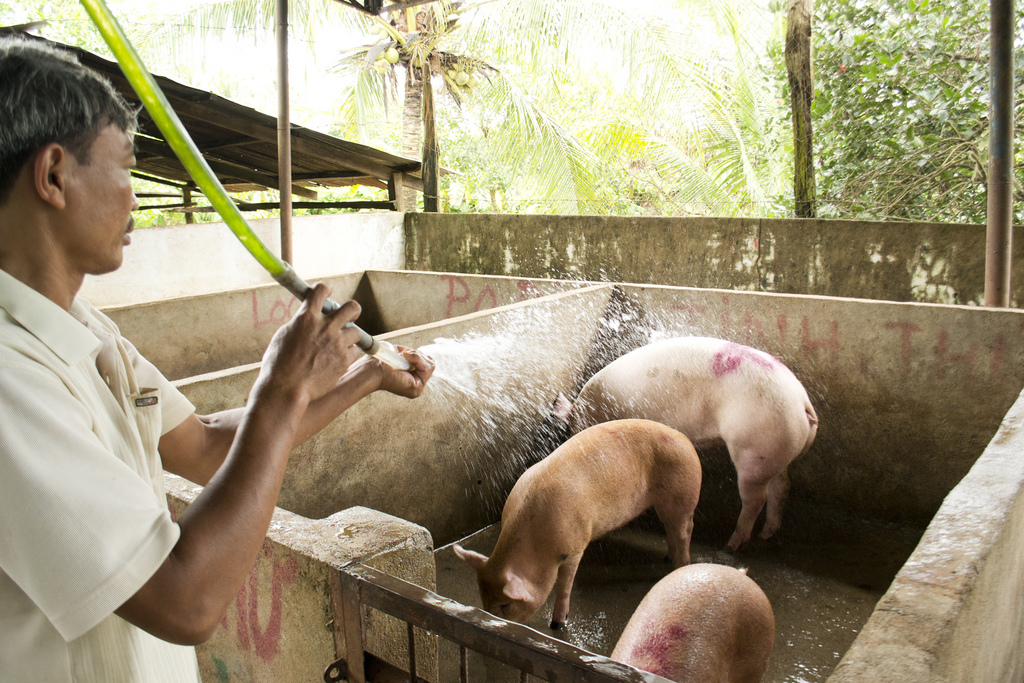Livestock may struggle after TPP
Vietnam Economic Times | 7 August 2015
Livestock may struggle after TPP
Quynh Nguyen-Thu An
Vietnam’s livestock sector, on which the livelihoods of nearly 10 million people depend, may be negatively affected the most after the Trans-Pacific Partnership (TPP) comes into being. The sector is characterized by small scale, a lack of focus in production, and over 50 per cent of products coming from household businesses.
According to Mr. Nguyen Duc Thanh, Director of the Vietnam Institute for Economic and Policy Research (VEPR) under the Vietnam National University in Hanoi, Vietnam holds no advantages in the livestock sector. The increasing competition from imports post-TPP will force the sector to restructure thoroughly to survive.
Its small-scale production, dependence on imports and loose production chain links leading to low productivity will see it struggle in the trade arena.
Meanwhile, Mr. Tong Xuan Chinh, Deputy Director of the Department of Livestock Production under the Ministry of Agriculture and Rural Development, believes that after joining the TPP Vietnam’s livestock sector will also obtain certain benefits.
Tariff lines relating to livestock, regarding breeds, vaccines, veterinary medicine, and equipment used for the sector will be zero. He also pointed out, however, that Vietnam’s livestock industry does produce products that have very low competitiveness.
Other experts believe that in joining the TPP Vietnam will have to accept defeat in some sectors but will win in others. While livestock will face some difficulties the country’s textiles industry will obtain many advantages post-TPP. It is therefore important to develop sectors in which Vietnam is strong, said one expert.
Many experts have noted that traceability of products will be issue in the agricultural sector in general and the livestock sector in particular. Regulations on product origin are designed to protect consumers and help businesses control and manage the production process.






